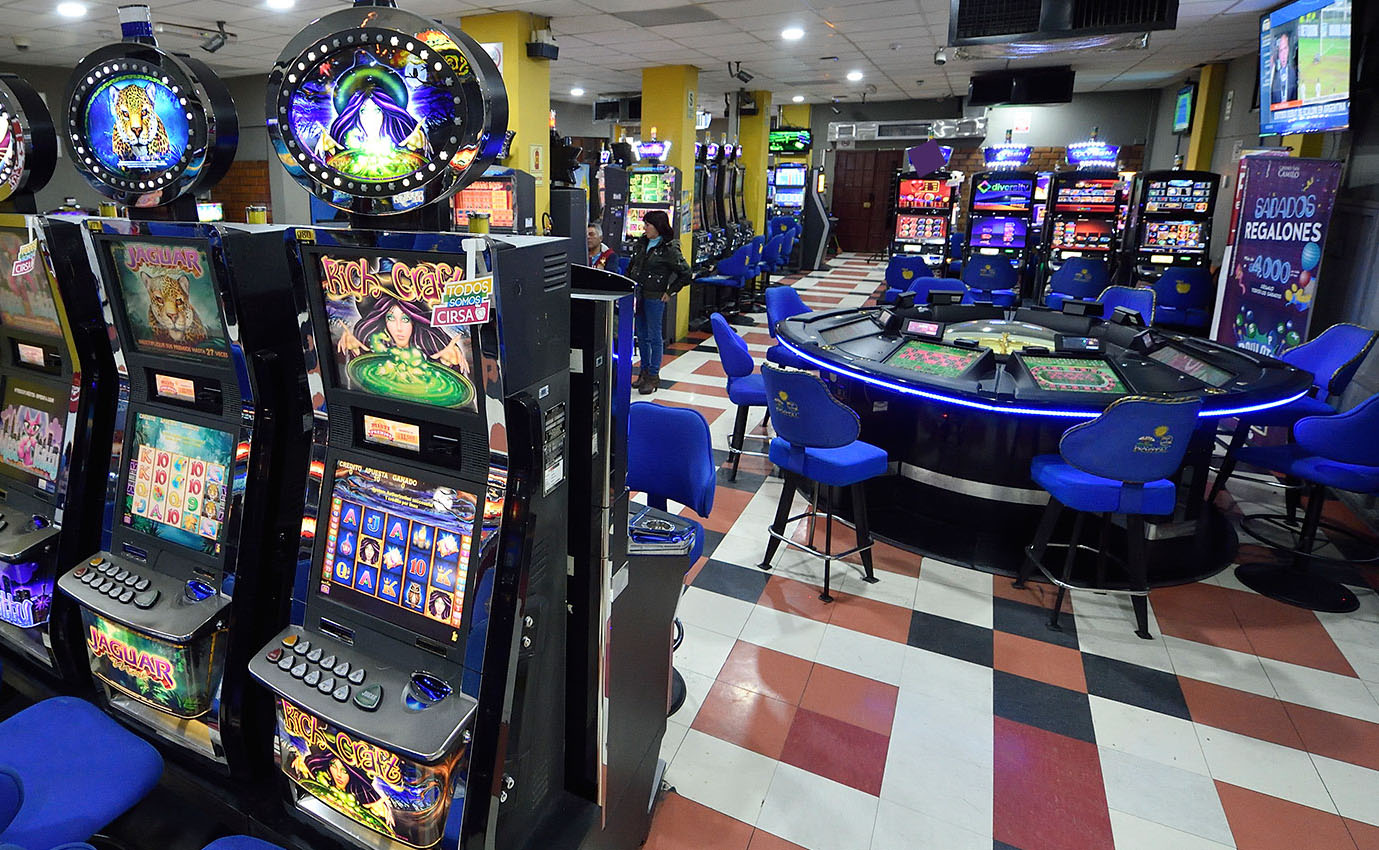
Behind the shimmering illuminations plus the alluring noises of rotating reels lies a dynamic realm where innovation meets numbers: the making of casino games. While players converge to gaming establishments seeking thrills plus the chance of winning big, a huge amount of work takes place behind closed doors to create the games for their enjoyment. From the initial concept to the final product that players interact with, numerous elements are brought together to ensure an captivating gaming experience.
Designers, technicians, plus game developers work together to merge innovative technology with engaging gameplay features. Every aspect, from visuals and audio elements to probabilities and returns, is carefully crafted to attract players plus keep them engaged. Understanding the intricate process of how casino games are made reveals not only the technical expertise involved but also the creative vision that brings these immersive experiences to life.
Game Development Workflow
The game process begins with brainstorming and concept development, where creators generate concepts for new casino games. This initial phase typically includes pinpointing potential audiences and analyzing market trends. Designers consider elements like game mechanics, themes, and payout structures to create an immersive experience. Collaboration between game designers, mathematicians, and artists is essential to ensure a balanced concept.
Once a design is chosen, the next stage entails prototyping and testing. Designers create a functional version of the game to assess its playability and mechanics. This allows for adjustments and refinements based on feedback from testers. Reiteration is vital, as designers may navigate multiple rounds of testing to fine-tune gameplay balance and user experience. This phase is crucial for spotting any potential issues before the game goes into production.
After testing, the game moves into development and production. This includes the technical aspects of coding the game software, integrating graphics, and ensuring compliance with gaming regulations. Quality assurance testing verifies that the game functions flawlessly across various platforms and devices. Once everything is polished, the game is prepared for launch, often accompanied by marketing strategies to attract players and generate buzz around the latest casino game.
Tech and Development
The evolution of gambling games has evolved significantly with progress in technology. Modern game design often incorporates premium graphics, immersive sound effects, and engaging animations that provide a thrilling experience for gamers. Game developers use sophisticated software tools and programming languages to develop these immersive gaming experiences. Additionally, the use of random number generators ensures equity and unpredictability in outcomes, which is essential for maintaining player trust and compliance with gaming regulations.
In the past few years, the rise of online casinos has pushed the limits of game development even further. Developers are now able to design games that cater to a global audience, incorporating features such as live dealer options and virtual reality environments. This transition has encouraged new ideas, leading to novel game mechanics and formats that enhance player engagement. Gaming on mobile devices has also become a key focus, prompting developers to tailor games for smartphones and tablets, ensuring availability and convenience for players on the go.
Cooperation among creators, artists, and mathematicians is crucial in the creation process. Each team contributes their expertise to make sure games are not only aesthetically pleasing but also statistically accurate and enjoyable. The integration of player feedback during testing phases allows developers to improve game features and functionalities, ultimately leading to a positive launch. As technology continues to advance, the potential for new game concepts and experiences is limitless, promising an enticing future for casino games.
Assessing and Quality Assurance
Once a gambling game has been designed, it transitions to the essential phase of evaluation and quality control. This stage ensures that the game operates flawlessly and provides a balanced experience for gamblers. Teams conduct extensive tests, including functionality checks to verify that all game features work as expected. Each component, from visuals to sound effects, is evaluated to ensure quality benchmarks are met.
In addition to functionality testing, the game undergoes thorough compliance checks to meet compliance requirements. Various jurisdictions have specific rules governing game fairness and player protection. Quality assurance teams will confirm that the random number generators are functioning correctly and that the game’s payout percentages align with market standards. This detailed examination helps build trust with players and oversight bodies alike. meilleur casino en ligne
Finally, pre-launch testing may be conducted with actual users to gather insights on user experience. This critical insight allows developers to make necessary adjustments before the public launch. Addressing any potential issues identified during this phase helps ensure that users will have a smooth, immersive experience when the game goes live. The commitment to excellence reflects the sector’s dedication to delivering entertaining and reliable casino games.